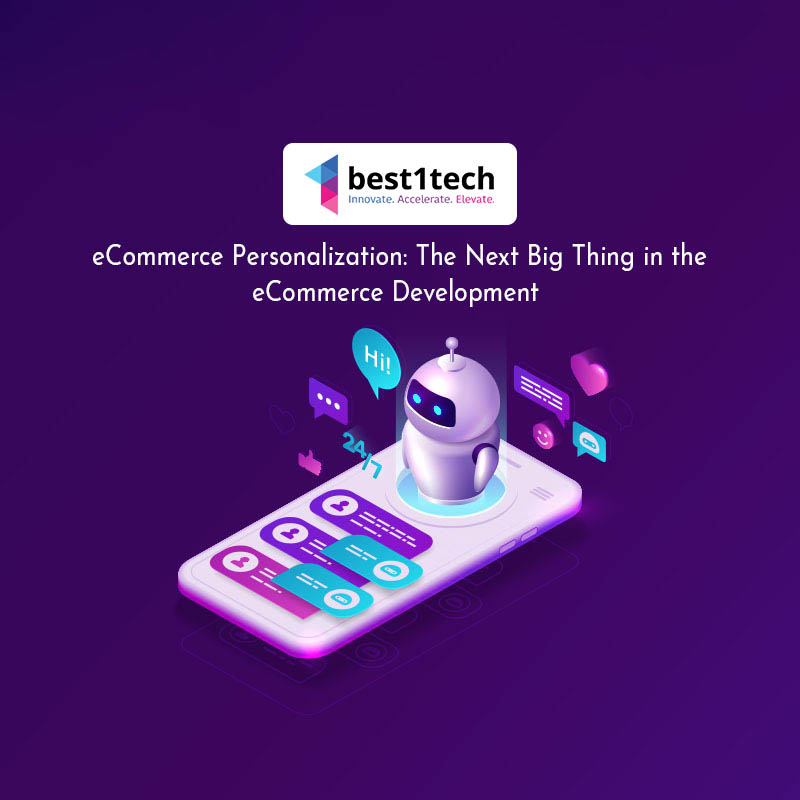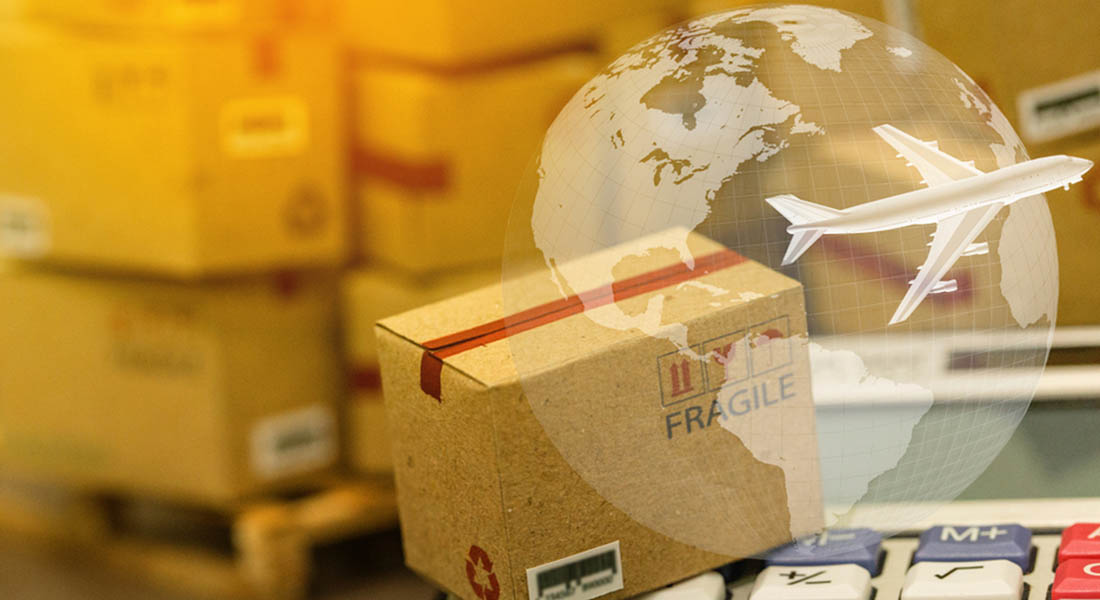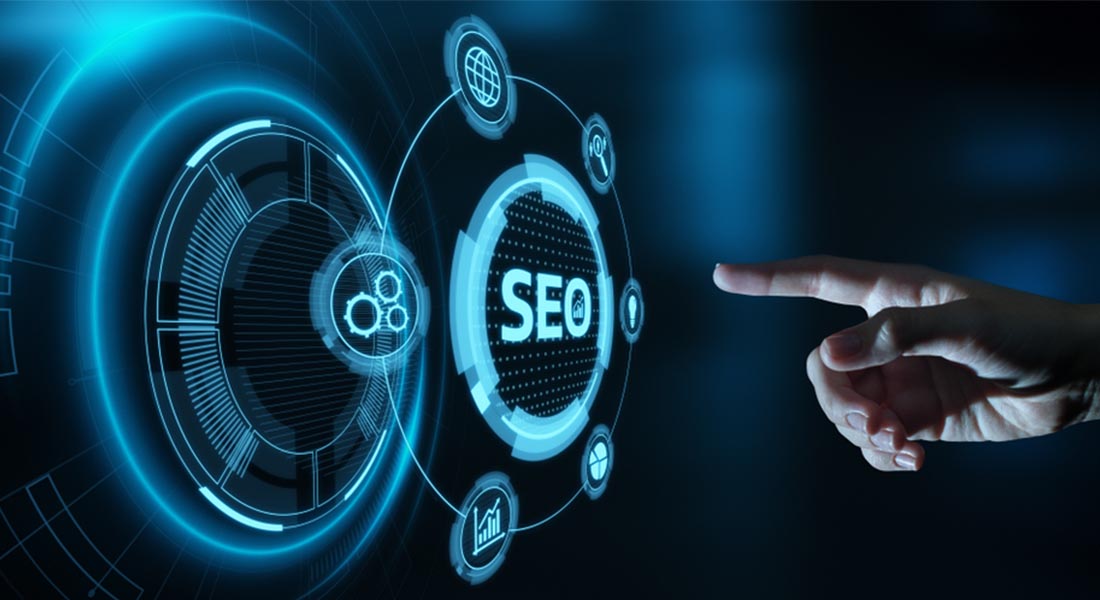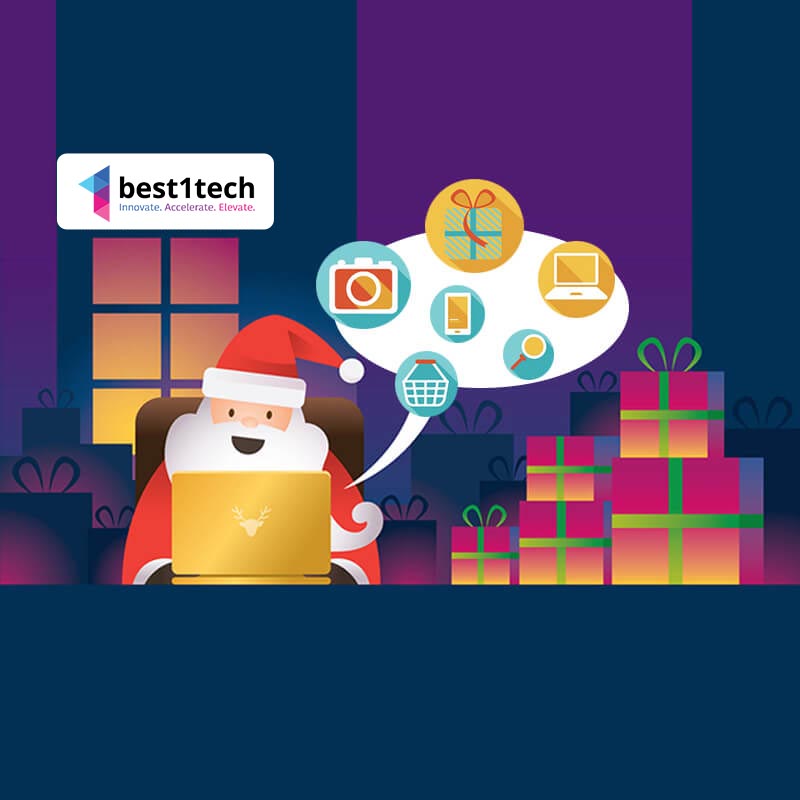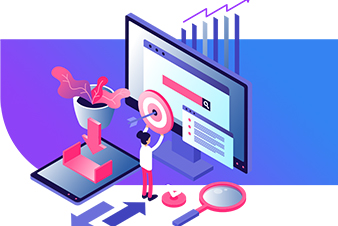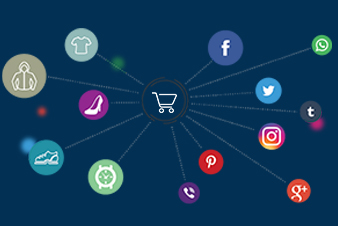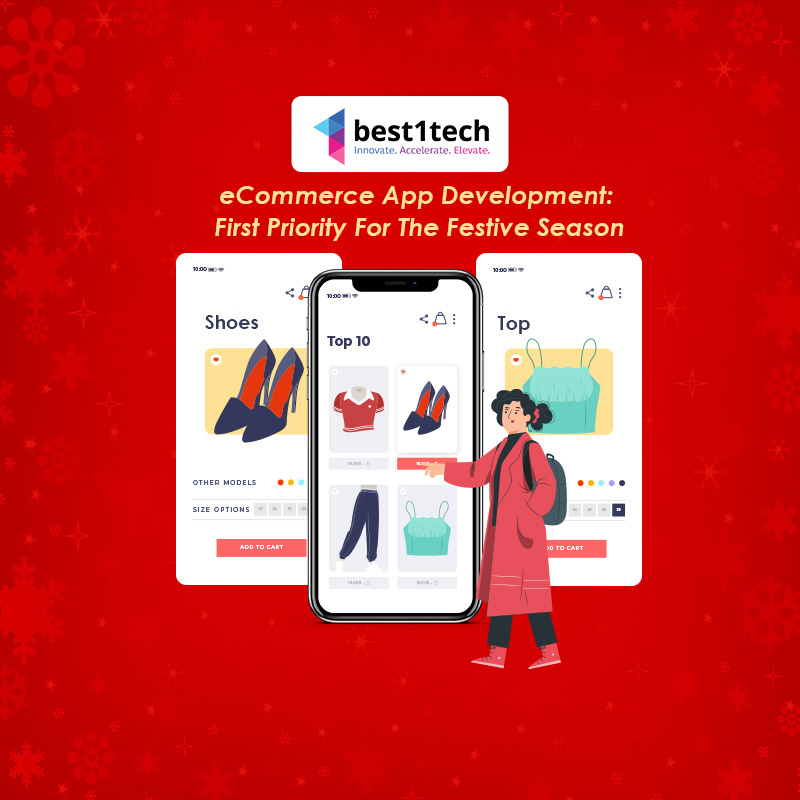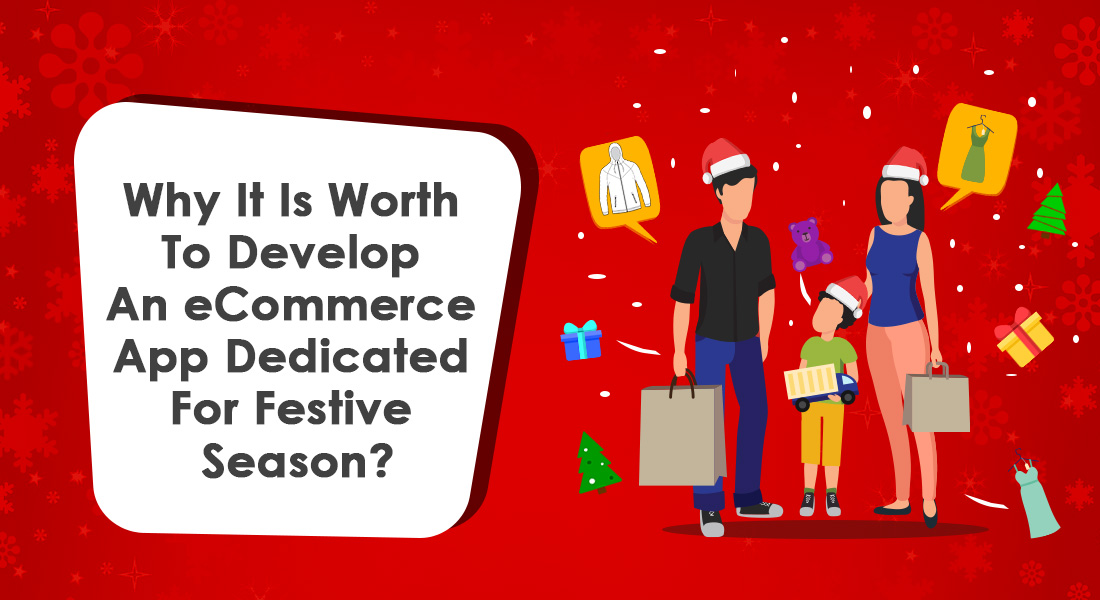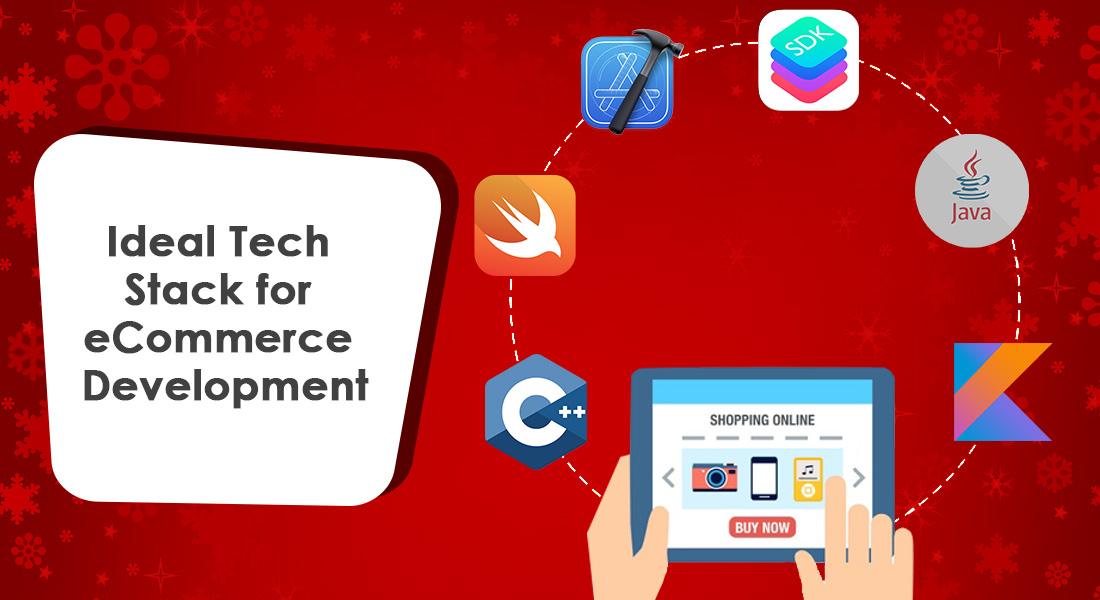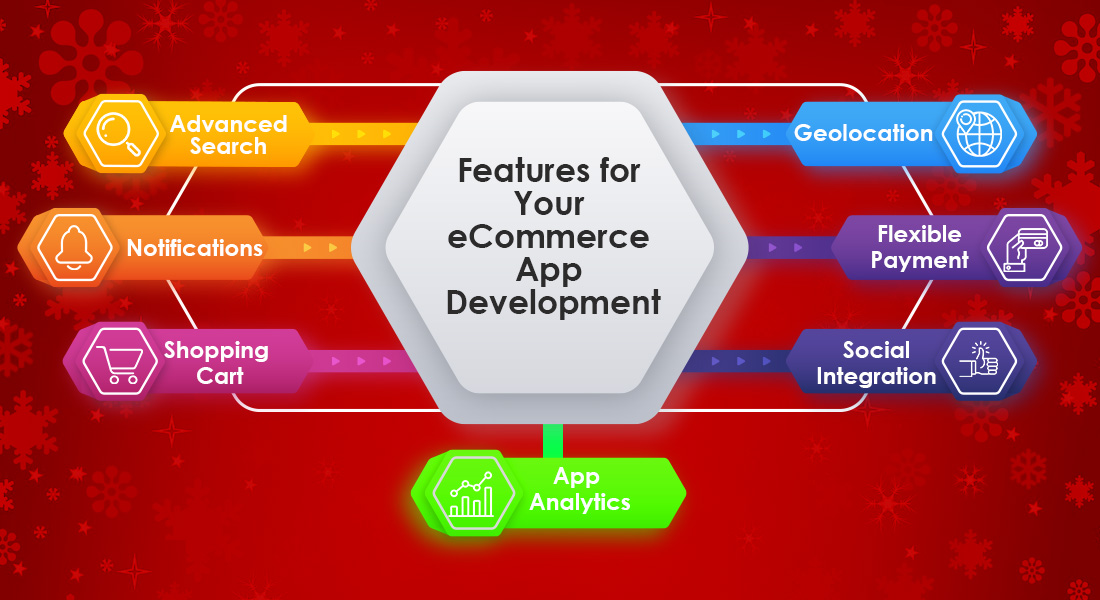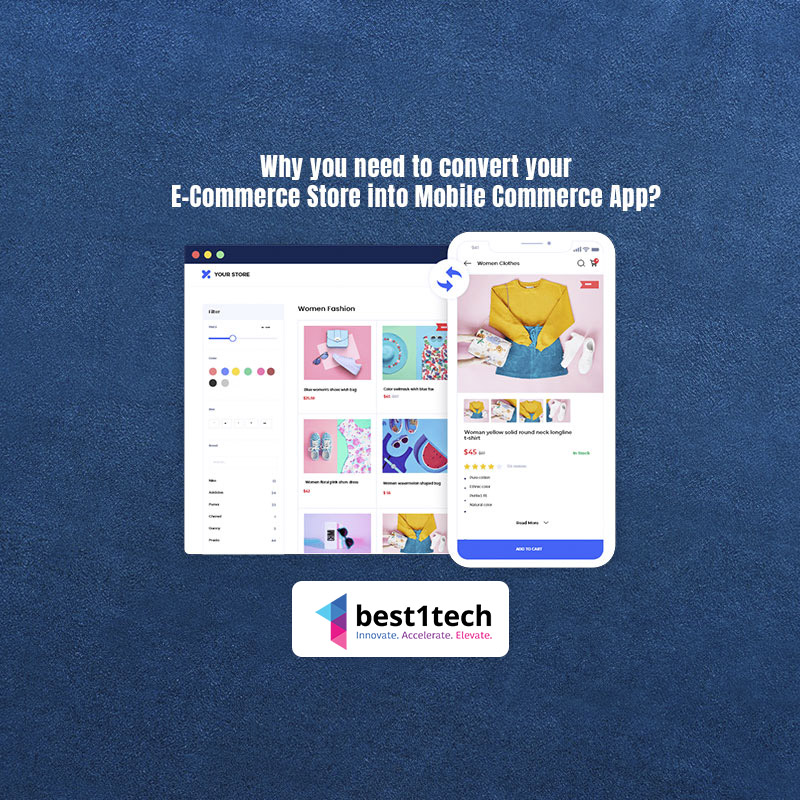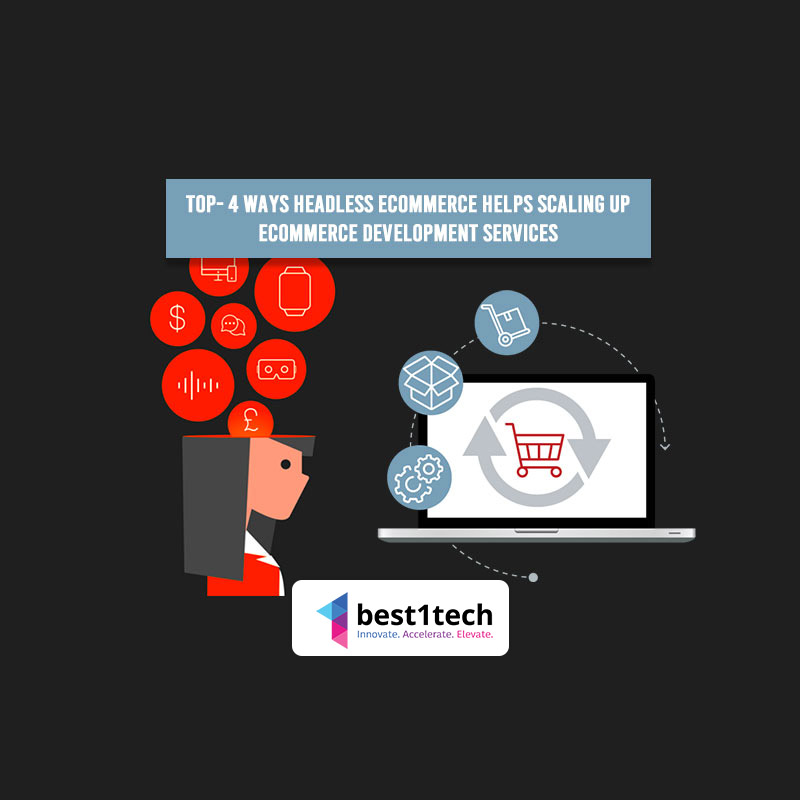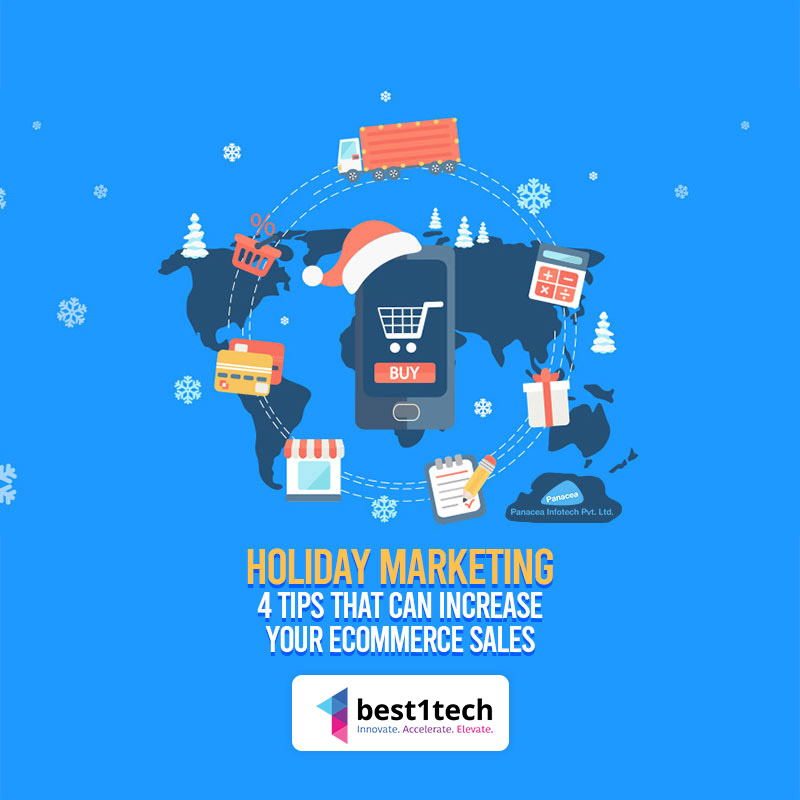With the advancement in internet technology, able marketers are looking forward to personalizing the customer experience. There was a time when marketers use to include simple tactics of mentioning the prospect’s name in a message or sending a follow-up email including ‘recommended’ content as per the purchase history. But now, the scenario has changed, and this tactic is no more the major part of eCommerce development.
With growing data, marketing automation is maturing, and artificial intelligence is coming into the picture. Personalization has climbed to the level of 1 to 1 communication, meaning one business to one consumer.
The role of personalization is not only integral to the success of an eCommerce business but also irreplaceable. Today, every customer expects an online experience that is fully customized and truly personal as per their needs and interests.
To understand the importance of eCommerce personalization, let’s take a situation that you are running a brick-and-mortar store. Now, when the customer walks in, he/she is in a situation seeking assistance to find their favorite product. And as you are present in your brick-and-mortar store, you will surely approach them in helping them make their purchase. Ever thought about who will assist your customers when you are running an eCommerce store?
Though technology has empowered businesses to switch to new opportunities, it even has its limitations. Your eCommerce store will need a virtual assistant, similar to a physical store where people can address customers’ purchase queries. Hence chatbots are the solution to this issue.
What are chatbots?
When it comes to providing human-powered online conversations with visitors, achieving personalization is no mean feat. Chatbots are used to achieve eCommerce personalization with an exclusive approach that combines human interaction and technology.
Chatbots are brilliant solutions to enhance your customers’ online experience. These bots are programmed with various types of queries and answers that create an engaging, resourceful conversation with the customers.
To put it in simple words, chatbots serve as a free customer service agent that can interact with the visitors at any time of the hour whenever they visit your eCommerce website. They can interact with the customers on your behalf, provided your bot has been fed with intelligent logic.
Now the question arises, is chatbot personalization really a big thing? Let’s find out.
Is chatbot personalization really a big thing?
Before digging deeper into the above concern, let’s first check out some stats supporting the idea of personalization.
- According to SmarterHQ, 70% of millennials are frustrated with brands sending irrelevant emails.
- Instapage says that 74% of customers feel frustrated when website content is not personalized.
- According to Retail TouchPoints, 36% of consumers say retailers need to do more to offer personalized experiences.
- According to Accenture, 91% of consumers are more likely to shop with brands that provide recommendations and offers that are relevant to them.
- According to Statista, 90% of U.S. consumers find marketing personalization very or somewhat appealing.
And you may find many such stats stating that personalization is the need of the hour.
Now coming to the concern, is chatbot personalization really a big thing?
Bots have been on the minds of marketers for a long time. But for some marketers, chatbot seems like a sci-fi advertising tactic that they will never catch up to in the present.
Christi Olson, chatbot expert and Head of Evangelism for Search at Bing, begs to differ:
“Gartner predicts that by 2020 people will have more conversations with chatbots than their spouse. The chatbots of the future don’t just respond to questions. They talk. They think. They draw insights from knowledge graphs. They forge emotional relationships with customers.”
Bing supported the above predictions in their March 2018 survey. And when asked if they would interact with brands on a one-to-one basis in the coming future, 60% of customers said yes and added they expect to own a personal, branded assistant with which they can build a relationship in the coming five years.
Moving on, customers identify many instances in which chatbots are preferred over apps:
Why is there a need for chatbot personalization?
Chatbots have the potential to fill up the personalization gap in online channels like email and website, in which personalization is applied at a broad scale; websites may serve a gender-specific version of a website relevant to the user, email lists are segmented into groups, but none of them are true for one-to-one personalization.
Let’s consider an example of a splash page from H&M:
In the above scenario, you will be prompted to select your country, and after you click one and look at your preferred section, say, the ‘women section,’ you will be presented with an overwhelming list of products.
And not just H&M, you may find many websites carrying lots of products. They just present you with a bunch of categories and make you sort them. You ask why?
ChatbotsLife founder Stefan Kojourahov says that “Most products have a goal of solving a painful problem for a specific group of people.”
Today, bots can do pretty amazing things, right from serving as a personal stylist to booking trips as a virtual travel agent.
With this, it is clear that they bring many benefits on board.
Benefits of using chatbots for an eCommerce website development
Chatbots play a vital role in delivering a personalized eCommerce shopping experience to the customers. If used appropriately, it can help in replacing the traditional, business-centered websites. In our further paragraph, we will explore the benefits of using chatbots for eCommerce businesses:
- 24/7 support
By using a chatbot for your eCommerce platform, you can let your customers enjoy 24/7 service support. Today shoppers have different shopping preferences, especially in terms of the time of shopping. They expect businesses to be available all the time and days of the week, which is surely very expensive and labor-intensive to achieve with customer service teams. In that scenario, chatbots are, for sure, a one-stop solution for addressing customer queries round the clock.
- Saves time, money, and resources
With the intelligent algorithm of chatbots, replies can be sent to the customers with lightning speed. That saves a lot of time that your employee may otherwise spend on these tickets and queries. As the chatbots are capable of handling any number of customers compared to an eCommerce salesperson, it saves resources and money that you can invest in the areas that require human intelligence.
- Maximize accuracy and efficiency
It is a known fact that customer service is prone to human delays and errors. With human providing customer service, one cannot guarantee accuracy. But when chatbots come into the picture, they can help businesses to pull off this issue with ease. When used correctly, bots can help in achieving maximum accuracy. You just have to ensure that your chatbot is fed with the perfect inputs. When a chatbot is programmed with accurate answers, appropriate responses, compelling conversations, empathetic and warm replies, it enhances the accuracy and increases the conversion rate with satisfied customers.
- Convert more & sell more
The advantages of chatbots aren’t limited to cost-effectiveness, efficiency, and accuracy. They are also smart in fulfilling the customers’ journey through effective sales enablement. To know how chatbots offer extensive eCommerce personalization solutions that help enhance ROI and conversion, read on.
- Helps in easy product discovery: On-time and accurate responses (or redirecting to appropriate links) enhance and ease the customers’ product discovery processes.
- Customer satisfaction: Since chatbots provide seamless, handy customer service, like an eCommerce personal shopper, customers can proceed to place orders and buy more products with more conviction. This reduces the number of returns or refund requests.
- Enhanced customer journey: The human-like and personalized conversations provided by chatbots help the brand to build trust and extend the customer journey on their eCommerce store.
- Cross-selling: The best part of eCommerce personalization is that you can uncover upselling and cross-selling possibilities with personalized product recommendations for eCommerce shoppers.
- Reduced cart abandonment: The presence of chatbots on payment pages help reduce cart abandonment rates and minimize the number of customers bouncing off at the final part of their purchasing journey.
Wrapping up
It is extremely important to stay ahead of the competition in an expanding competitive marketplace like the eCommerce industry. If you wish to outperform your competitors who sell the same products and services as you do, you must adopt the best eCommerce practices. eCommerce personalization trend is one of the best solutions to optimize your store for success.
We at Best1Tech are devoted to offering the best eCommerce services to our clients. If your business needs guidance on how to move ahead with the idea of eCommerce personalization, then reach out to us.
Our experts are always ready to have a one-on-one interaction to guide you on how to deliver an amazingly personalized shopping experience to your eCommerce customers.
Contact us now.

